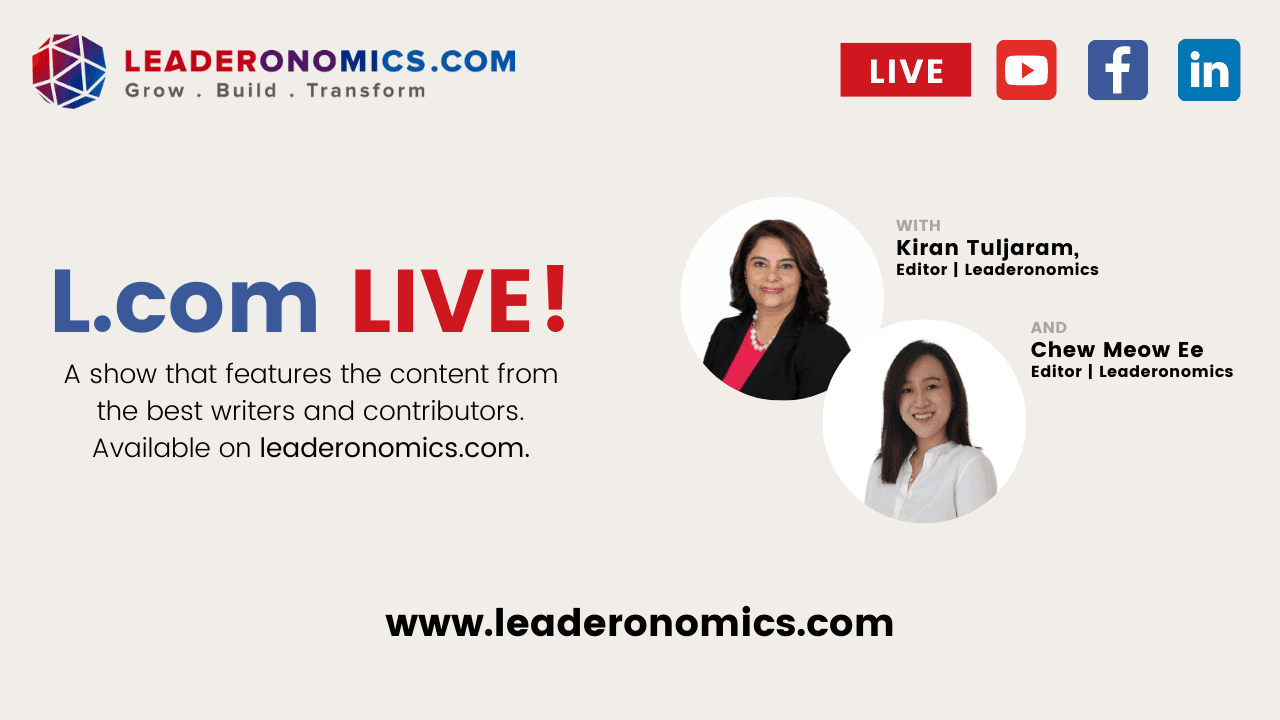Learning: A Strategic Weapon

An organisation’s ability to learn, and translate that learning into action rapidly, is the ultimate competitive edge.
— Jack Welch
Once seemingly uninterrupted and tranquil, the business environment today has become increasingly turbulent and uncertain.
Major disruptions to technology, competitiveness, political landscape and marketplace manipulation are sweeping across the global business landscape. In the midst of these unpredictable pressures, many organisations have constructed an overarch comprising a collective capacity to learn – not just as individuals – but as an entire organisation.
Why Learn?
Current organisations are investing on big scales to reform learning initiatives to suit a modern learner. While these agile, on-the-go learning needs of a modern learner are forcing organisations to reconfigure their learning strategy, not all of them are prepared to jump on the bandwagon.
Another factor is whether or not our present working population is ready to embrace these contemporary learning methodologies. Having said that, organisations are experiencing a new wave of catalytic power behind the initiatives which transform the way we look at revolutionising how we, as big or small enterprises, utilise learning as a strategic weapon.
In an ever-changing VUCA (volatile, uncertain, complex and ambiguous) world, intellectual capital, expertise and competencies are quickly becoming redundant. Frequent structural changes to address market requirements are also becoming common. Learning helps an organisation stay agile and ahead of the battle in the business world.
The reason to set yourself apart
Leading organisations set themselves apart by achieving a high level of performance in addition to exceeding consumers’ expectations relative to competition. This usually happens after a long process of learning.
Today, it is critical to master the characteristics of agility, where employees stretch their minds to learn new skills and explore new learning approaches.
Seeking continuous learning throughout your organisation by keeping employees engaged and aware of their individual strategic position is a key weapon to complement megatrends and automation.
It is important to understand that learning is a continuous and progressive process that moulds one into an individual that influences in a positive way with disruptors such as technological breakthroughs, robotics and artificial intelligence.
The process of learning, discovering and developing is significant in launching an individual towards a journey of excellence.
Learning should be mapped alongside an individual’s competency and the person’s motivation in order to serve as a powerful tool to further enhance them.
A self-directed learning process is arguably the most powerful weapon to facilitate and inspire the development of an individual, group and organisation.
The pain of learning – or in a business term, change or enlargement – stretches one’s capability through hands-on projects and boot camps that target specific behaviours to achieve desired learning outcomes.
These activities pressure one to move out of a comfort zone and enable individuals to tap into an inner strength and realise undiscovered potential.
But is it just about inculcating a mindset of learning? Human resources (HR) professionals can drive these advancements through focused learning programmes as well as by creating a culture of continuous learning to force employees to aim beyond their present capabilities and foster a new strategy to deliver their responsibilities.
Therefore, a firm’s capability to embrace a consistent and progressive learning mindset for its employees will send a positive signal for consistency in performance.
While organisations invest extensively in new strategies to develop their people, it is more evident now that learning strategies need to transition towards embracing modern learning methodologies. Rivals are learning quickly, hence organisations are investing in more sophisticated tools to accelerate the learning process.

READ: The Future Of Work Is Continuous Learning
Paving the way ahead
So, how can we as HR leaders in knowledge-intensive, modern organisations help our businesses use learning as an inspiration and even, a strategic weapon?
We should consider mapping learning calendars and boot camps against organisational goals and strategic capabilities as an integrated business strategy.
It helps teams and individuals seize the opportunity to gain a deeper understanding of an integrated learning progression, help them stay ahead of peers and give them an edge for professional growth.
Millennials say the ability to learn on the job is their top driver when accepting a key position. Hence, it is crucial to craft a learning experience that is both relevant and engaging.
It has been proven that HR leaders who evolve people intellectually hold greater influence over competitors through their experience and skills.
Having said that, your organisation has the opportunity to facilitate high level interactive workshops throughout the year which, employees may not have the chance to gain due to time and cost constraints.
This will elevate the skills and competencies of your workforce. Learning can be fully integrated if your strategies and systems are created to promote progressive learning by individuals, teams and the entire organisation.
If you’ve been doing the same thing for a while and find yourself wondering if it’s time to change direction, you probably should.
It is vital for HR leaders to meticulously select the right programmes that are instructional, informational, relevant, integrated and progressive. All these factors enable blended and reinforced learning.
As these approaches are embedded into various kinds of workflow – integrating formal, informal and social learning approaches into day-to-day work – there is no doubt that learning can become a strategic weapon in creating an empowered workforce.
Do you have story to share about how learning has helped your career? Drop us a note at editor@leaderonomics.com.
Personal
This article is published by the editors of Leaderonomics.com with the consent of the guest author.






